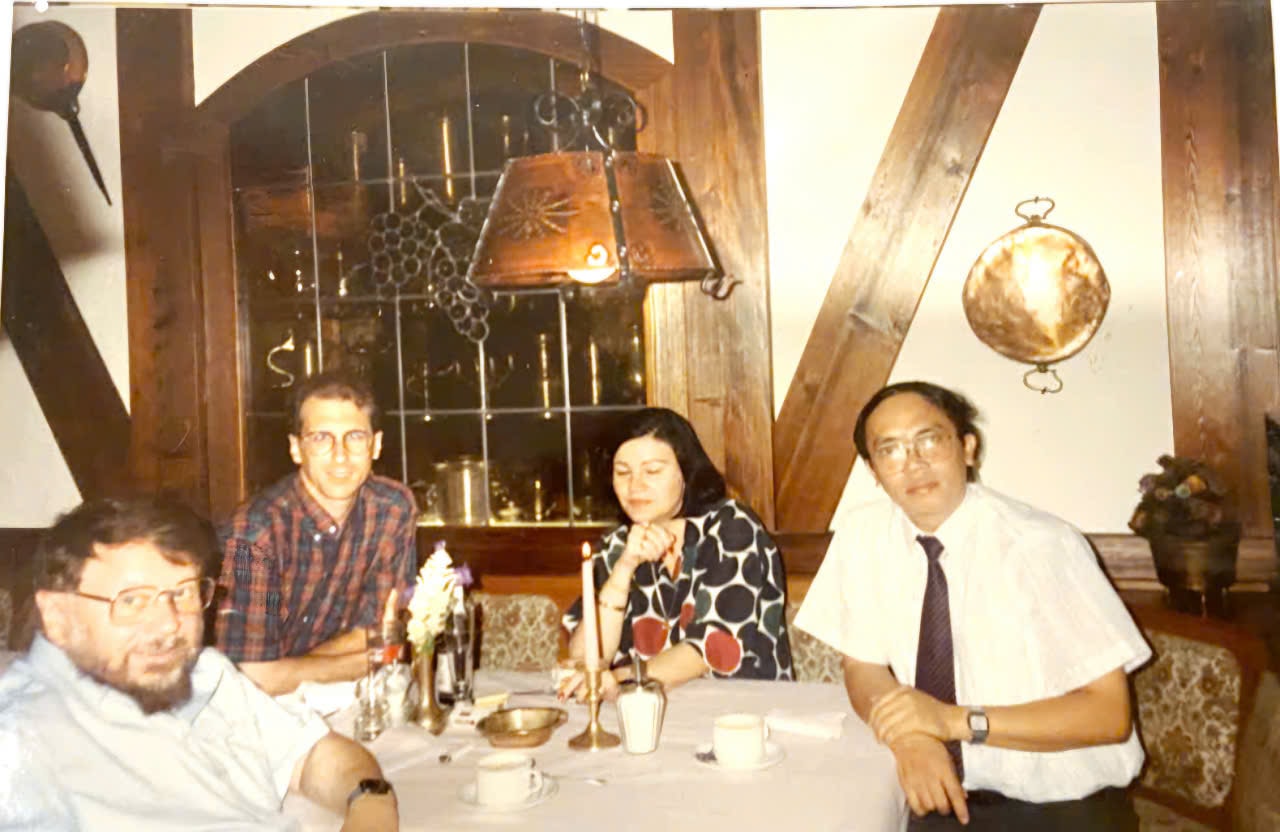
His initiatives and applications not only have scientific and technological significance but also have high practical value, actively serving the cause of industrialization and modernization of the country. With his outstanding contributions, he was awarded the Ho Chi Minh Prize for Science and Technology by the State - a prestigious award recognizing his great contribution to the cause of building socialism and defending the Fatherland.
However, before becoming a scientist, Mr. Truong Huu Chi, like many young people, at the sacred call of the Fatherland, put down his pen and wrote a volunteer application to go to the South to fight. On the occasion of the 50th anniversary of the Liberation of the South and National Reunification (April 30, 1975 - April 30, 2025), Hanoi Moi Newspaper respectfully publishes the memoirs of Professor, Dr. Truong Huu Chi, to help readers understand more about the heroic days of the nation and the contributions of him and his colleagues to the development of high-tech manufacturing in Vietnam.
Part I: From school to battlefield
I was born on September 20, 1952 at 55 Hue Street, Hai Ba Trung District, Hanoi. My father, Mr. Truong Dac Vinh, born in 1905, was a river transport contractor in Hai Phong, Quang Ninh and Nam Dinh , but went bankrupt when the Japanese army destroyed all the transport equipment during the night of the French coup in 1945. My mother, Mrs. Bui Thi Thuc, was born in 1919 in Hanoi.
From September 1960 to May 1964, I studied primary school at Ly Tu Trong School - Hanoi . From September 1964 to May 1965, I studied grade 5 at Trung Vuong School - Hanoi. From September 1965 to May 1966, I studied grade 6 at Hong Phong Secondary School - Thuong Tin District - Ha Tay Province. From September 1966 to May 1967, I studied grade 7 at Nguyet Duc Secondary School, Thuan Thanh District, Bac Ninh Province. From September 1967 to May 1968, I studied grade 8 at Thuan Thanh High School - Bac Ninh, after finishing secondary school with good results.
From September 1968 to May 1970, I studied in grades 9B and 10B and finished the high school graduation exam with the highest score in the department at the Gang Thep High School in Thai Nguyen province. From the end of 1970 to March 1971, I had to receive long-term treatment at the Hanoi ENT Hospital because of an osteosarcoma tumor in the right ethmoid sinus. After being discharged from the hospital, I studied for the 1971 university entrance exam and passed the entrance exam to the Hanoi University of Science and Technology and studied in class K16A CTM from September 1971. In 1972, with the heroic spirit of the country, I volunteered to join the army on September 22, 1972 and it was an honor for me to be admitted to the Ho Chi Minh Communist Youth Union on September 21, 1972.
my mother and father
My mother was born in 1919 in Phat Loc Alley, Hoan Kiem District - Hanoi, but grew up in Hang Thao Street, Nam Dinh City. In 1937, she married Mr. Truong Dac Vinh, a successful contractor in the coastal area and moved to live in Co Dao Alley - Hai Phong City.
After the Japanese coup against the French, my parents and their family moved to 1 Hang Chuoi - Hanoi and in 1946 evacuated to Khe Hoi village, Hong Phong commune, Thuong Tin district, Ha Tay province. In 1947, my family returned to Hanoi and my mother opened the "Phuc Hoa" shop to do business and lived at 55 Hue street. Due to poor health, my father only stayed at home to help my mother with the business and take care of the children going to school. In January 1959, my father died of cancer and from then on my mother had to support and take care of 8 children "5 boys and 3 girls" (the youngest son Truong Chi Trung was 2 and a half years old at that time, later became Deputy Minister of Finance from 2002).
Especially difficult since 1960 to implement the commercial reform policy of Hanoi, my mother had to give up the shop at 55 Hue Street to the neighborhood group to use as a kindergarten and lived by knitting, then working at the neighborhood service group, from 1961 to 1965, my 5 siblings had to drop out of school to work to support my mother to raise 3 younger siblings. Life was so hard that my mother changed very quickly from a healthy, beautiful woman to a hunched old woman even though she was only 53 years old (in 1972). My mother's great sacrifice was the motivation for us 8 siblings to always try to live better and be more successful.

Combat training
At 10:00 a.m. on September 22, 1972, we attended the military handover ceremony at Bau market, Hiep Hoa district, Bac Giang province. Students and teachers of Hanoi University of Science and Technology were assigned to Company 1, Battalion 495, Regiment 568, Ta Ngan military region. Battalion 495 had a full staff of all levels from Squad Leader, with experience to train additional infantry for the fronts. After the handover ceremony, we had to march 35km to Viet Yen district near Bac Giang city. We arrived at 9:00 p.m. The whole day was busy and the march was far, but we only had slippers to wear in the city, so our feet were very sore, and when we got to bed, everyone fell asleep. The next morning, we received our military uniforms. Fortunately, the unit had two days off to receive additional new recruits from Bac Giang, so we had time to fix our clothes and write letters to our families. Ahead of us was a four-day march from Viet Yen to Ma Xiu, about 100km, with 30kg of military equipment on our shoulders.
The third day was a little less and the fourth day we reached Ma Xiu. That was the training method that we had to practice every week so that later we marched heavily on foot from Quang Binh to Tay Ninh for six months and in the battlefield never felt the same feeling as this first day. From October 1, 1972 to November 20, 1972, besides training and studying politics, we learned combat tactics as well as skillfully used infantry weapons to destroy the fence on November 3, throw live grenades on November 9 and shoot live bullets with an AK gun. I shot 10, 9 and 8 points and fired two rounds of two bullets each.
As a reward from the Regiment leadership, we were given leave from November 21 to December 1 to say goodbye to our families and Hanoi to prepare to leave for the battlefield.
Crossing the Truong Son range
On December 31, 1972, we said goodbye to Ma Xiu and on the afternoon of January 8, 1973, we said goodbye to our relatives at Thuong Tin station to go to the Southeast with Group 2004.
At 6:00 p.m. on January 8, 1973, the train took us, Group 2004, consisting of 4 companies of the old Battalion 495, from Thuong Tin station to near Ninh Binh city at 11:30 a.m. and we had to transfer to a car and go on Highway 15 to the liaison station near Thanh Hoa town on January 9, 1973. Here, we had a three-day break to receive military uniforms, weapons, anti-malaria medicine and dry food (2kg of dried shrimp + 100 grams of MSG + dry food). I received an AK 47 with 2 ammunition belts and 2 grenades. Thus, we were capable of fighting when encountering the enemy on Line 559.
At this time, American planes were still bombing from the 20th parallel onwards, so we had to travel at night and rest during the day, passing famous wartime landmarks such as Ben Thuy Bridge on January 13, Linh Cam Ferry, Dong Loc Intersection on January 15. From January 19, the US stopped bombing the North and we began to march by car during the day on Highway 1 from Duc Tho through Ngang Pass to Quang Yen. Only by traveling on the wounded sections of Highway 1 could we see the greatness of the resistance war against the US in the North. On January 21, we arrived in Bo Trach and on January 25, 1973, we began the long journey of "Slicing through Truong Son to save the country" when we received a notice from the Government about signing the armistice agreement.
After a day of marching on the Ho Chi Minh trail, we all could not sleep to listen to the special documents of the Ministry of Foreign Affairs and prepare ourselves mentally for the days of marching across Truong Son to Laos. January 27, 1973 was the official signing day of the Paris Agreement, but we, Group 2004, continued to march to cross the Heaven's Gate on January 30 to the West Truong Son and say goodbye to the beloved North!
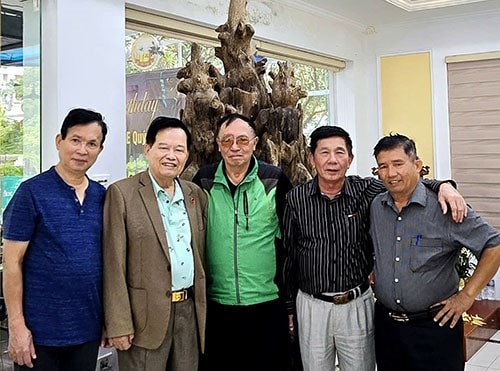
Marching through Laos and Cambodia
After 5 days of marching on foot from station 2 (East Truong Son) on January 31, 1973, we arrived at station 6 in West Truong Son in Xavanakhet province of Laos. Since crossing the Heaven's Gate while marching on Laotian soil, we were always monitored by the US Air Force's OV10 reconnaissance aircraft, but because the marching route west of Truong Son was covered by dense forest and we did not light fires at night, did not create smoke during the day, and with the protection of the Lao people and soldiers of Group 559, we celebrated our first Lunar New Year away from home on February 3, 1973.
We crossed Route 9 on February 12, 1973, stations 33 and 34 to station 67, which had transformed the Truong Son jungle into the Khoc forest. Many comrades in the unit had malaria and had to be hospitalized, but we continued to march to a safe assembly point at station 79 on the Sekong River in the Khoc forest near Attapeu town on March 14, 1973. From station 79, we marched at night by canoe on the evening of April 4, 1973 to station 83. On April 5, we continued to march at night by canoe to station 84A in Stung Treng province, Cambodia.
On the night of April 13, 1973, on the way to station 86, our canoe ran aground on the waterfall and was discovered by several C130 aircraft. We jumped into the river and pushed the canoe, causing 5 comrades to be seriously injured by the propeller, but the canoe was able to reach the shore so we could disperse. On May 5, 1973, we crossed the Mekong River, ending the canoe march from Attapeu to station 97A in Kratie province, Cambodia.
Arriving at the B2 battlefield on June 5, 1973 was a rubber forest (the French rubber plantation in Vietnamese is called So 3) in Campong Cham province, Kingdom of Cambodia, near Tay Ninh province. This base was located in the US air force bombing zone, so almost every day I saw groups of B52s carpet bombing the forest next to it (6 or 9 low-flying B52s as big as buffalos spraying black smoke, flashes of lightning and continuous explosions like thunder, columns of smoke visible for about 5km) and the impression was more terrible than the days when B52s attacked Hanoi in December 1972.
Southeast Battlefield
At 11:46 a.m. on July 6, 1973, after 187 days of marching along Truong Son, overcoming high and dangerous mountains on the Ho Chi Minh trail in Laos and Cambodia, the student soldiers of the 2004 group passed the border guard station of the National Liberation Front of South Vietnam in Tan Bien district, Tay Ninh province.
From July 11, 1973 to November 29, 1973, all four companies of the 2004th Division were assigned the task of mending the strategic road (Red Road) from Loc Ninh - Catum - Thien Ngon Xa, the section from Bo Tuc bridge - Catum - Nuoc Trong stream - Dong Pan intersection, the job was simple but very difficult because Saigon's planes bombed and destroyed it on November 30, 1973. The 2004th Division was mobilized to supplement the 271st Regiment at the Quang Duc front (now Dak Nong province). On the afternoon of December 4, 1973, we were assigned to the units to go to the checkpoint that same evening.
My 2nd B1C1 squad had only 4 people (the squad had 12 people during training, 5 people were retained for further training in the army and 3 people had malaria and had to be treated on Highway 559), Mr. Bui Huu Thi, Mr. Le Hoa and Mr. Nguyen Hoang Phuong returned to the 2nd battalion. I returned to the guard platoon. That night we departed at 6pm from the tea hill (Quang Truc) and arrived at Tuy Duc intersection at 7:30pm. We went in the opposite direction with the wounded soldiers of the E271 units under the 155 artillery barrage on Highway 14 to Daksong intersection. About 3km from the C19 checkpoint, we arrived at the guard platoon checkpoint at 10:30pm on the left side of Highway 14. I was assigned to guard the bunker near the stream alone. I lay awake all night because I heard the sound of artillery fire, bullets whistling, exploding around me and the random thoughts of the first night at the front.
While I was still half asleep, I stood up suddenly because of a burst of submachine gun fire and the shout of the commando platoon leader. It was still dark, so in addition to the AK, I placed two grenades on the hatch door in case of close combat. After an hour of silence, the sky was bright and we were ordered to retreat to the rear. When the platoon crossed the stream to the rear, artillery fired heavily at the formation. The scout leading the way was seriously injured, his right leg was amputated near the groin. We did not have a carotid clamp, so we had to use a rubber band and a piece of wood to press and tie tightly to the carotid artery, but the blood still flowed.
On January 29, 1974, I was assigned to A1B1C3 Battalion 8, stationed at Hill 904 to prepare for an ambush on the road from Duc An to Route 8B. Platoon 1 C3 had half old soldiers and half new soldiers. Everyone was enthusiastic to participate and determined to win because this was the first time they were proactively attacking. On the evening of January 30, 1974, there were 3 infantry companies, 1 mortar company 60, departing from Hill 904 at 7:00 p.m. in the direction of Route 8B. They rested until 11:00 p.m. the next day, January 31, as well as February 1, 1974, arriving at the checkpoint near Route 8B at 11:00 p.m. We had to dig a Z-shaped tunnel 1m + 2.4m + 1m in length and 2.4m in depth by two people before 5:00 a.m. on February 2, 1974.
The job was completed on time and at 5:30 on February 2, 1974, we went down to ambush at Route 8B according to the combat plan of C3 blocking the front, C1 blocking the tail and C2 fighting in the middle. The enemy in the vehicle that was still alive would have to run towards the edge of the forest and be destroyed by C4's 60mm mortar. The plan was perfect, but on February 2, 1974, there were no more vehicles. On the afternoon of February 2, two new soldiers brought food to the ambush site and got lost without a trace. Fortunately, the next day at 10:30, a CMC vehicle carrying soldiers fell into the ambush. We were ordered to shoot. Brother Thao opened with a B40 shot, and I also fired an entire AK47 clip.
In this battle, we destroyed one vehicle and 22 enemy soldiers. On February 4 and 5, 1974, we stayed at the camp to search for the whereabouts of three lost comrades. During these two days, we had no information about the three comrades and had contact with the commando force, with two wounded and one dead. The regiment allowed the end of the raid on Route 8B and on February 6, 1974, the entire 8th Battalion withdrew safely to 904. The three lost comrades at Hill 900 were found by the C19 E271 engineering company and returned safely to fight at Battalion 8 in February 1974.
On February 27, 1974, I had malaria and was sent to the medical staff of the K23 Regiment for treatment. From there, on March 6, 1974, I was transferred to the K20 frontline hospital of the Region in Quang Duc for treatment. On April 11, 1974, the Medical Council of the 271st Regiment, based on the conclusion, transferred me to the Central ENT Hospital in Hanoi for treatment as soon as possible!
(to be continued)
Source: https://hanoimoi.vn/hanh-trinh-tu-chien-truong-danh-my-den-giai-thuong-ho-chi-minh-cua-gs-ts-truong-huu-chi-699864.html


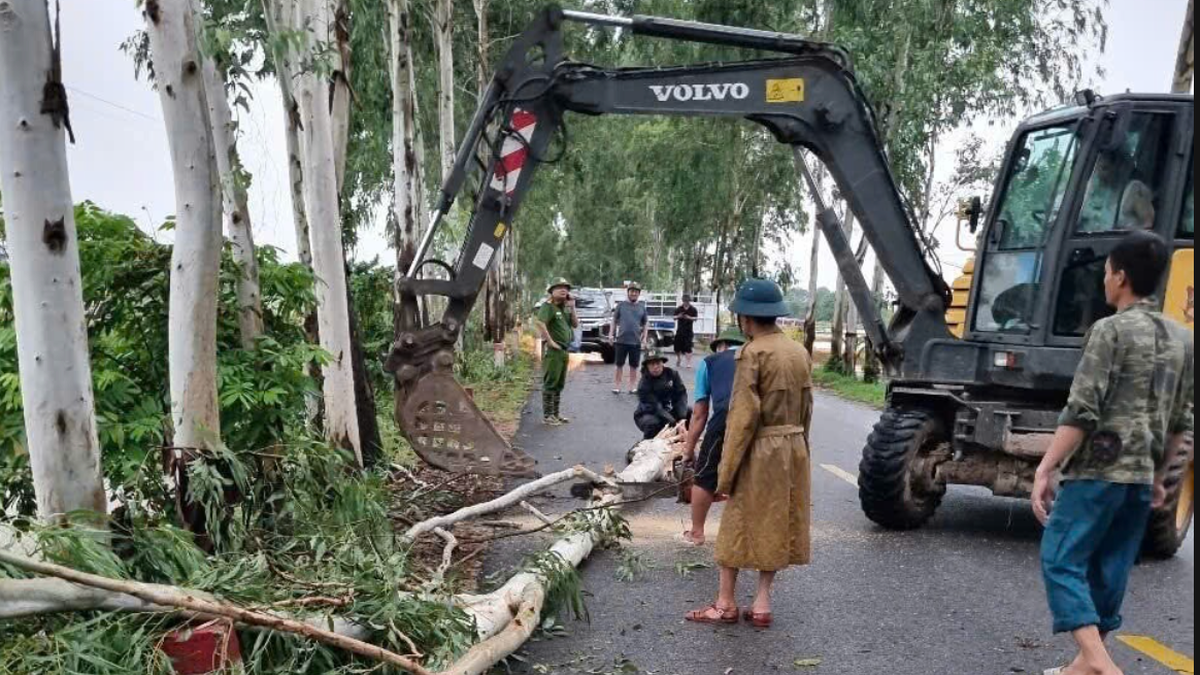

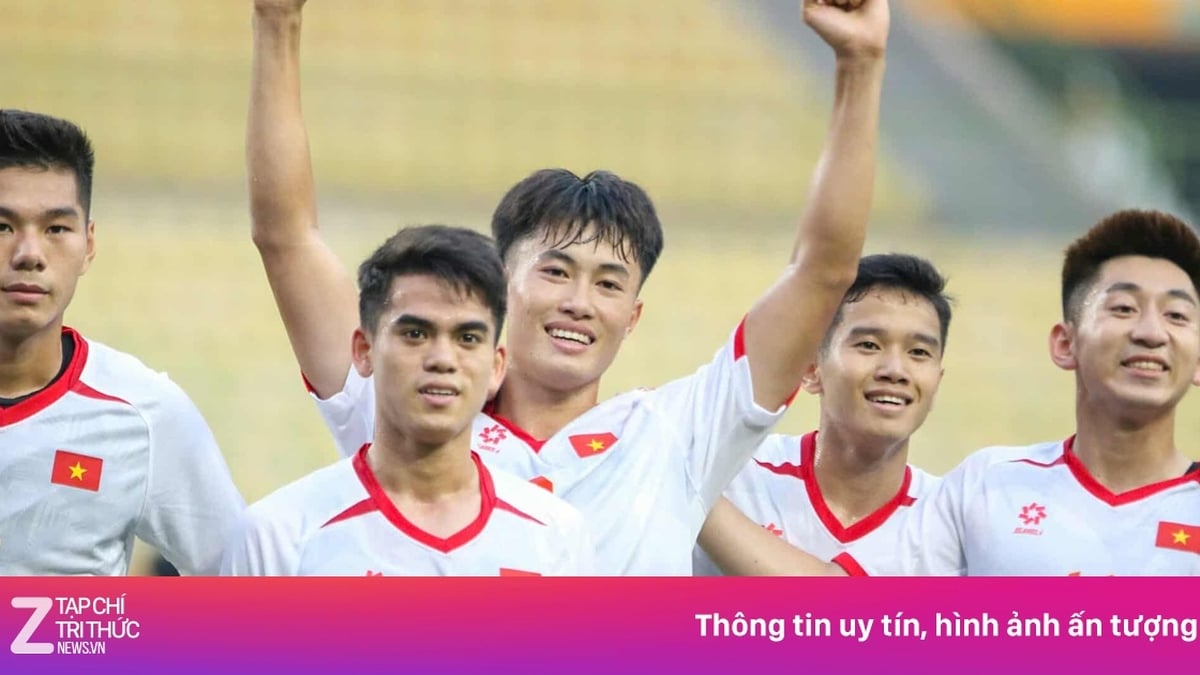
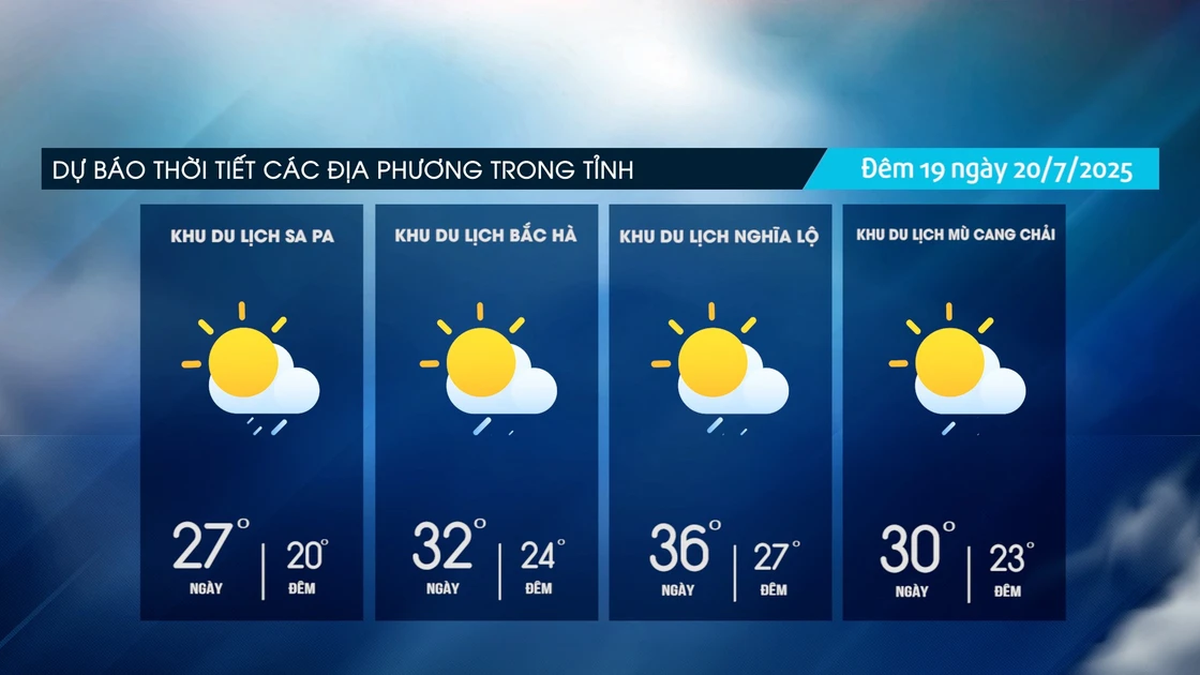
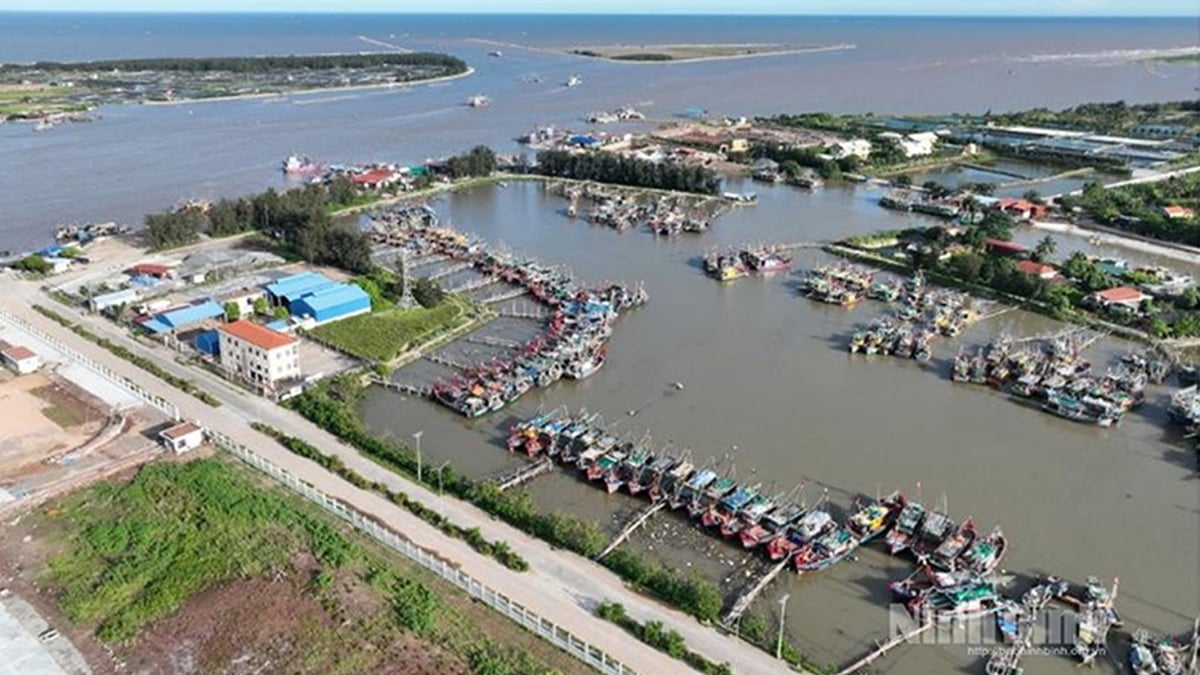
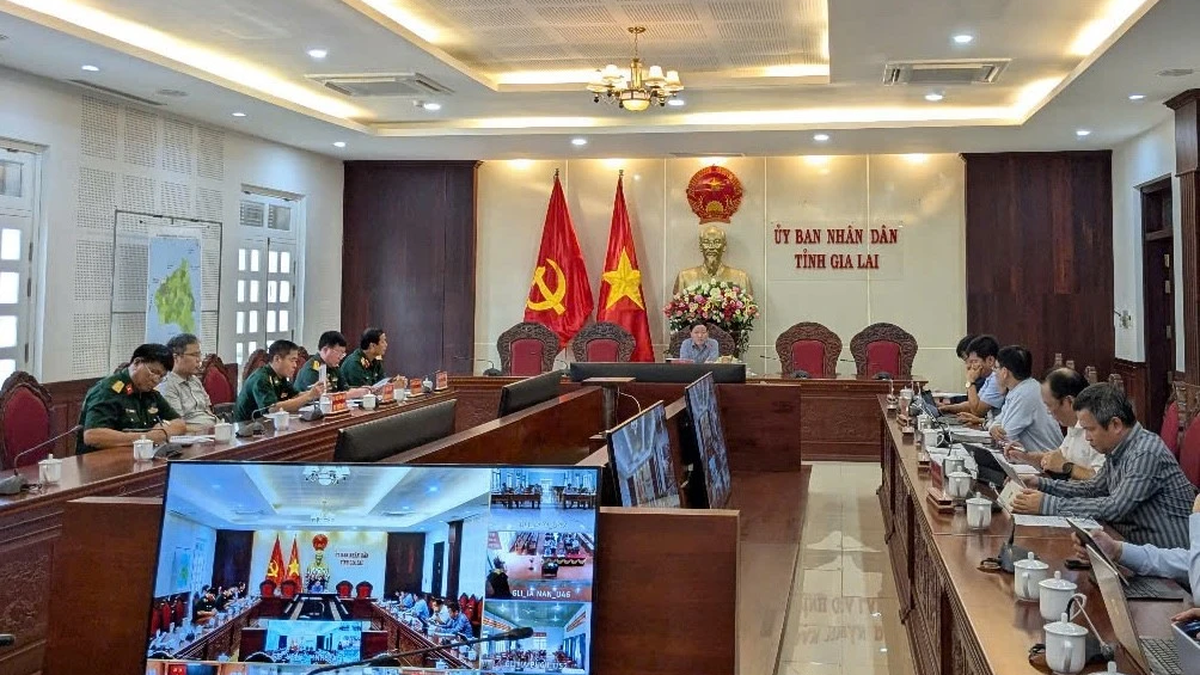
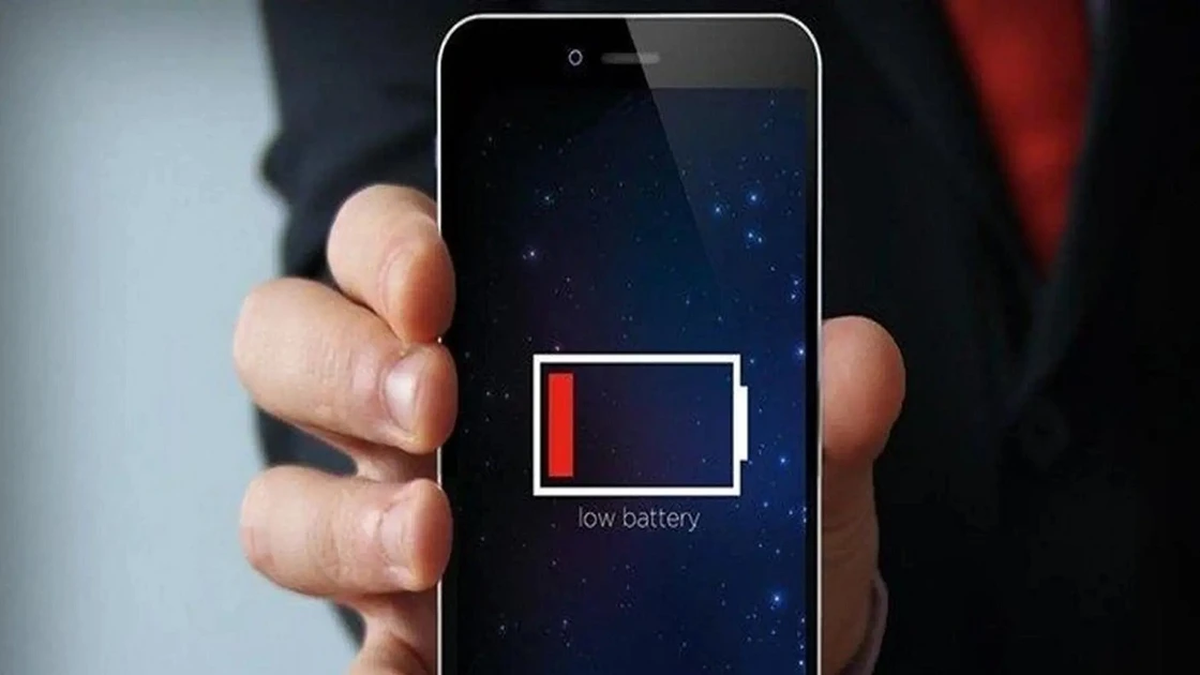
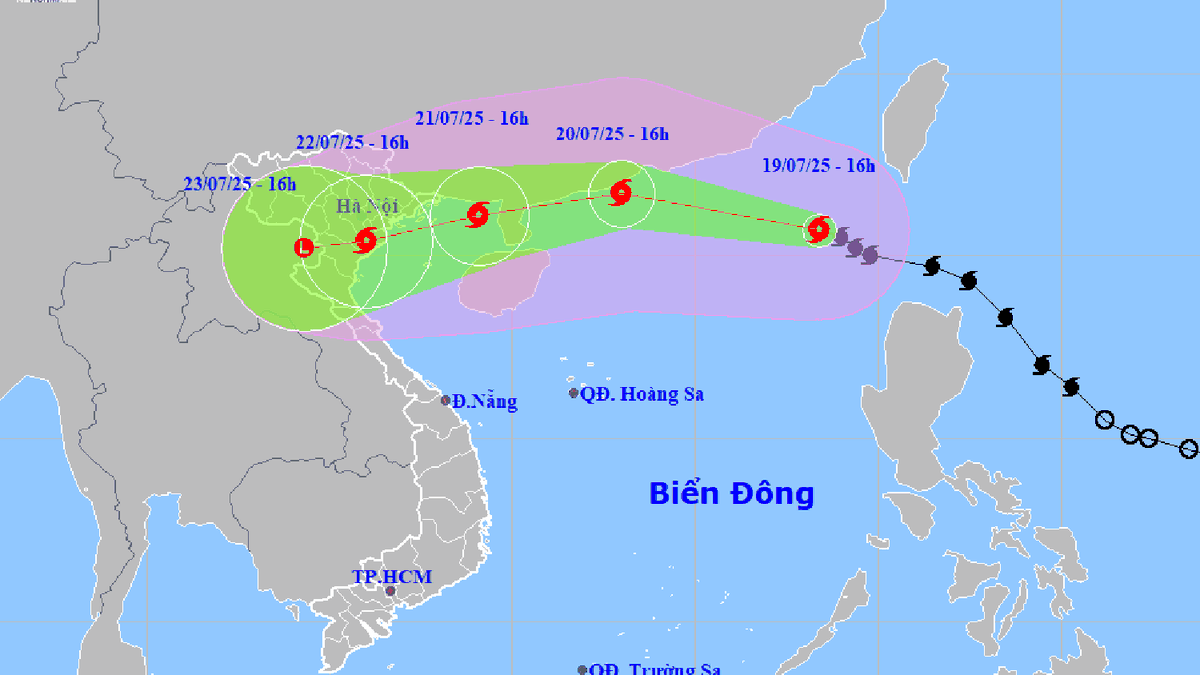
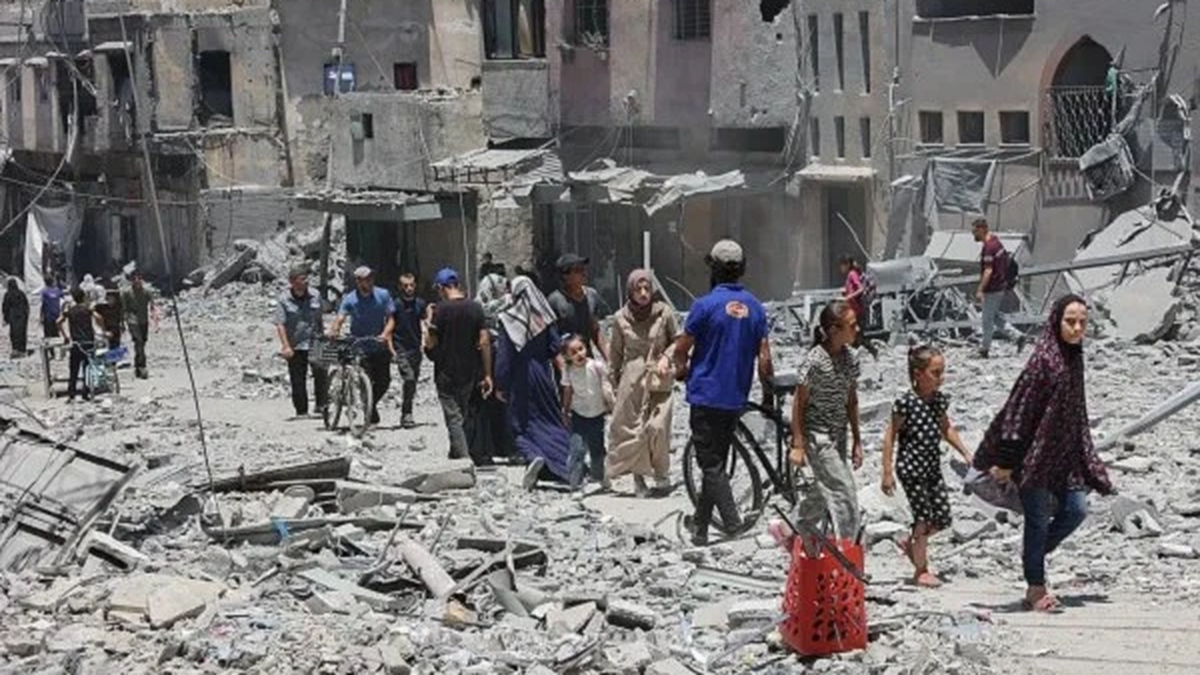

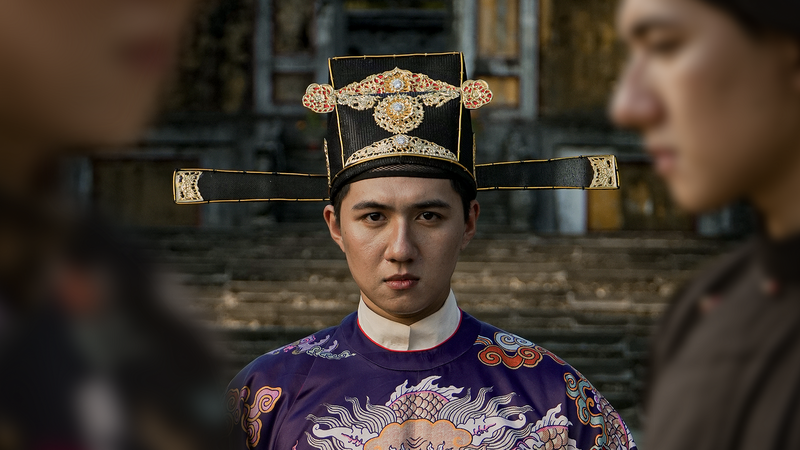

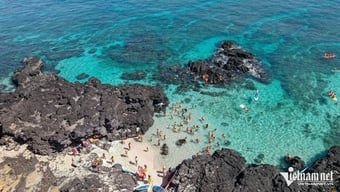



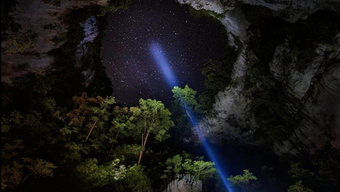

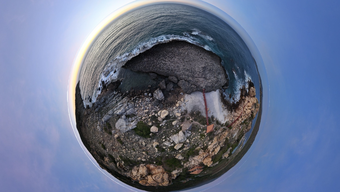
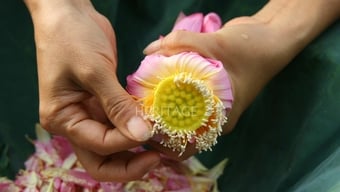

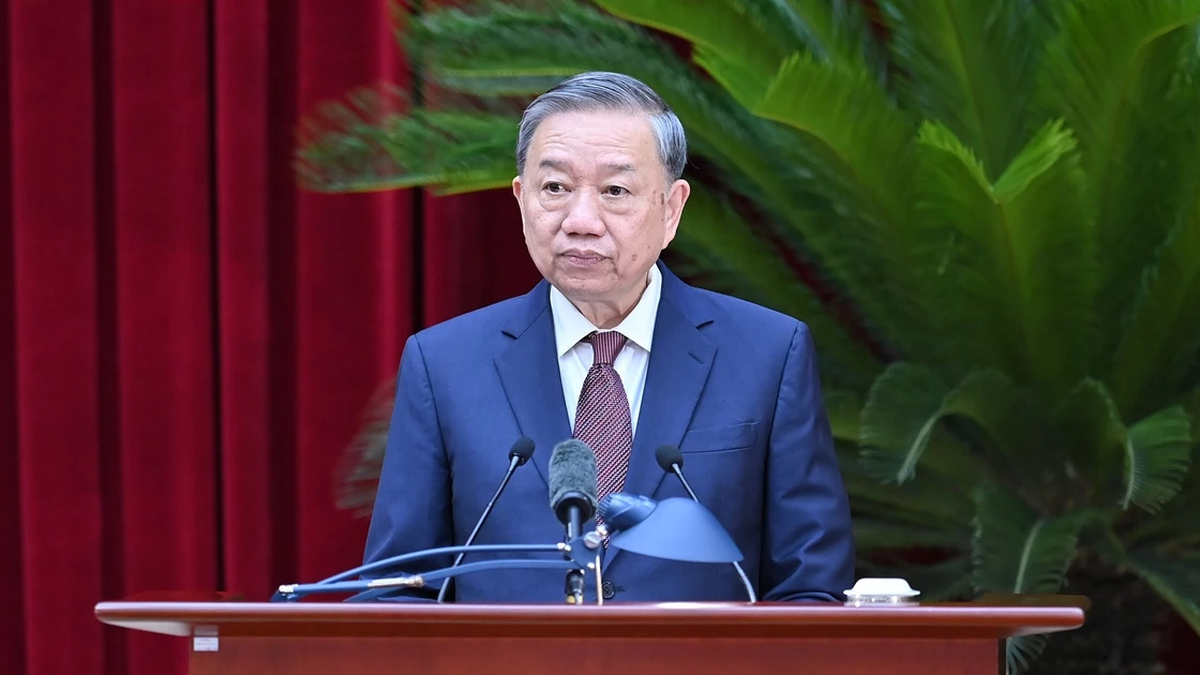
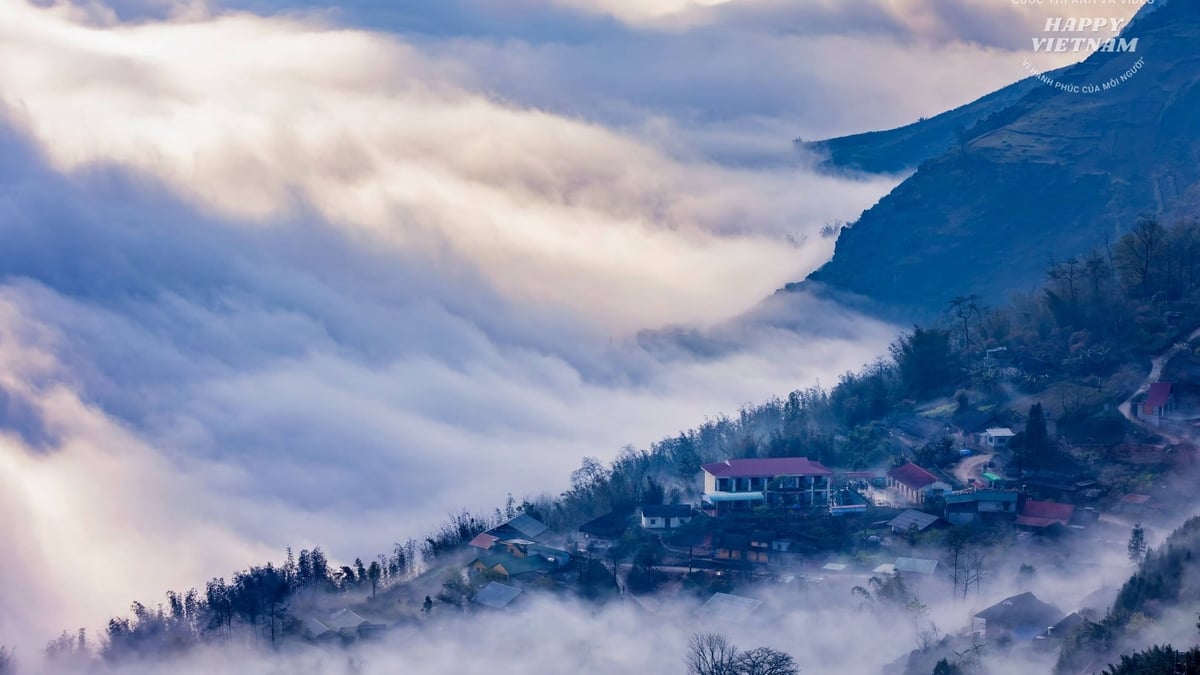
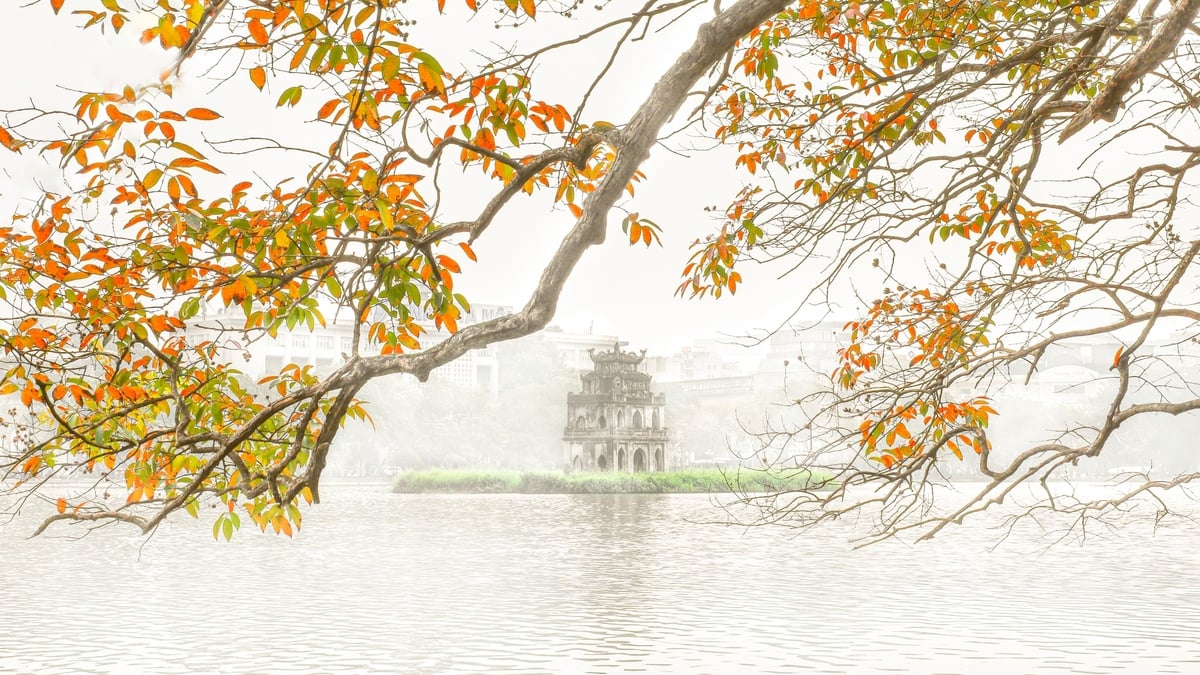
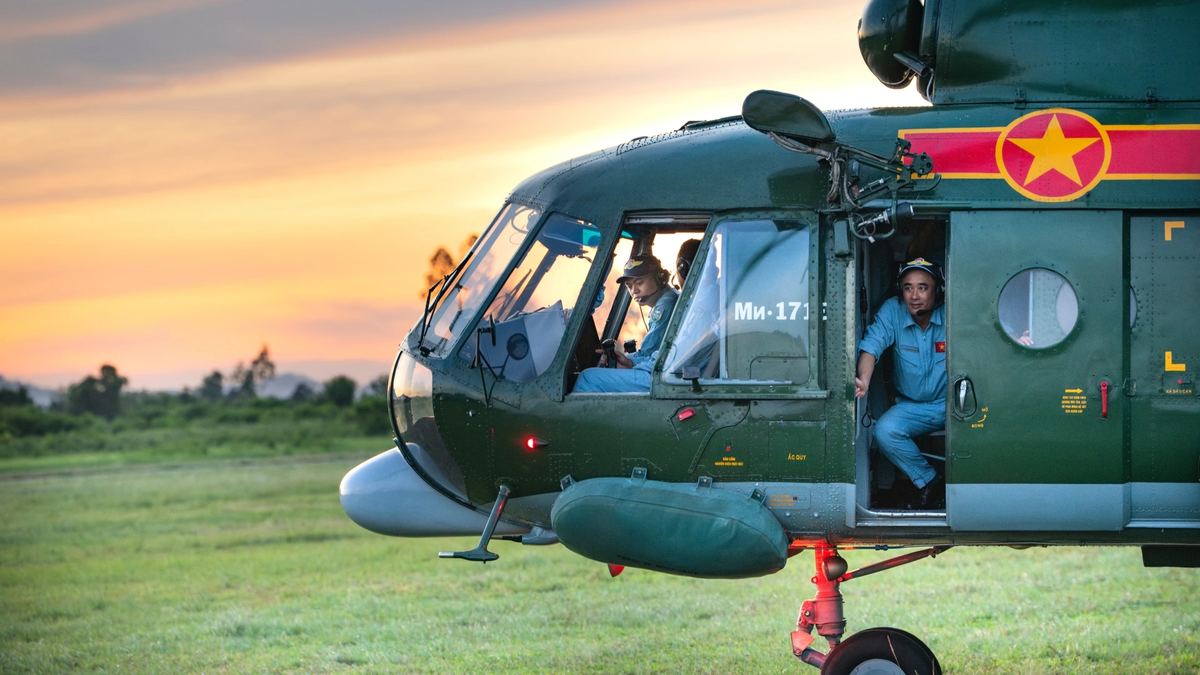
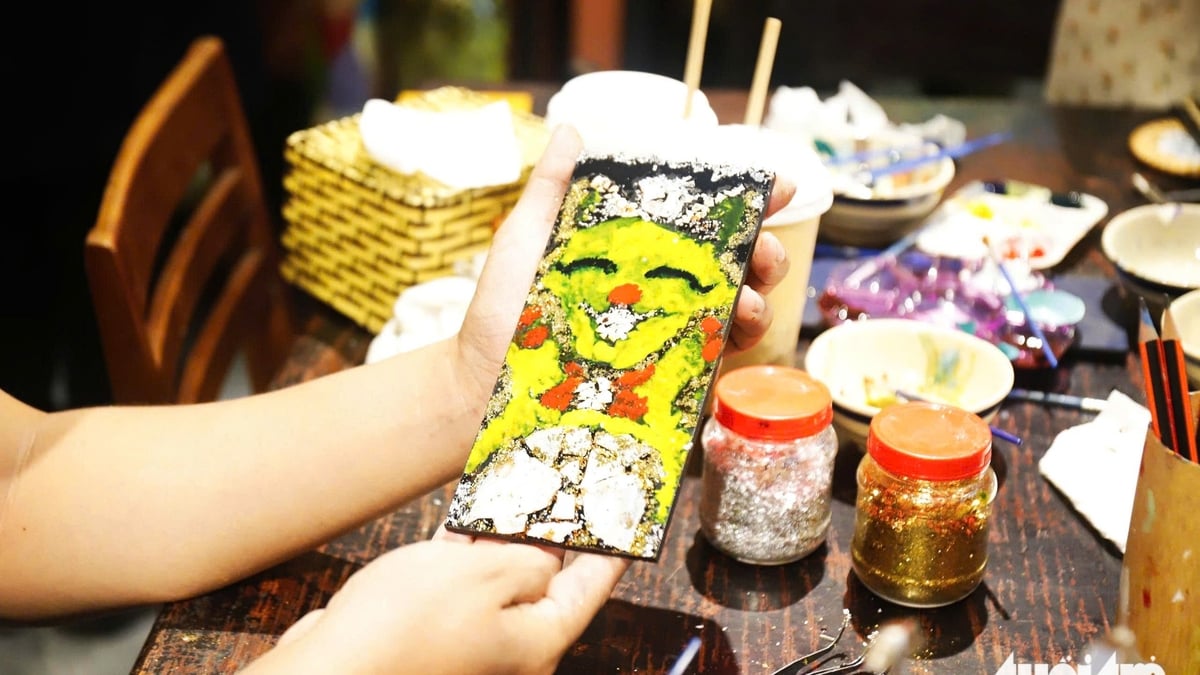


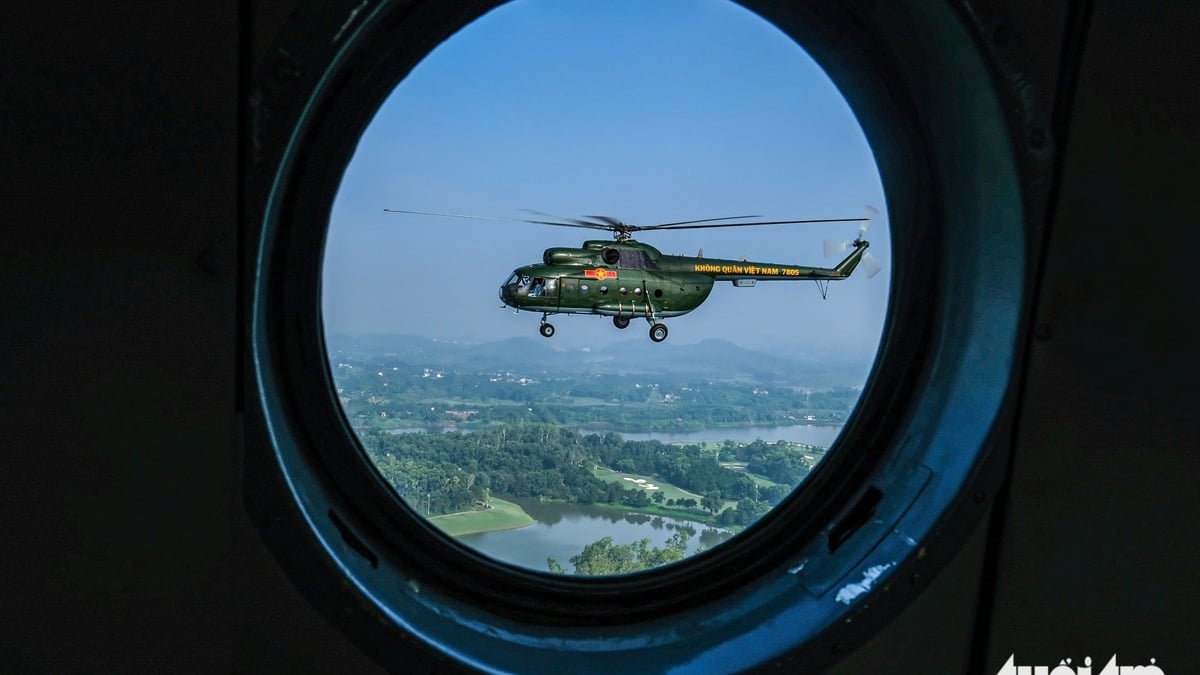

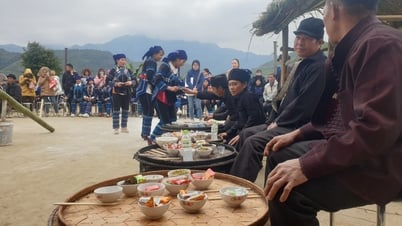

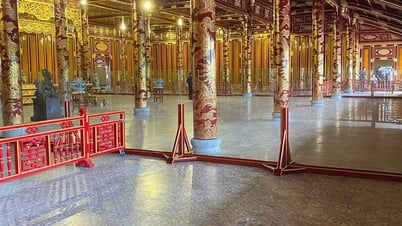



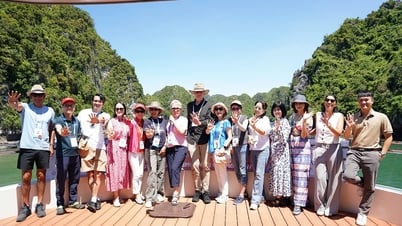

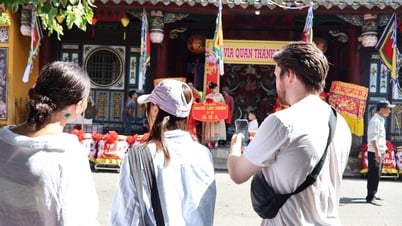



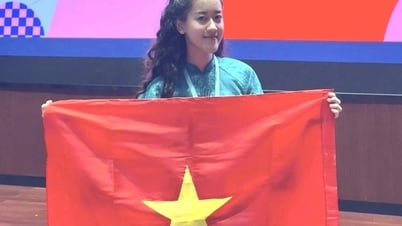





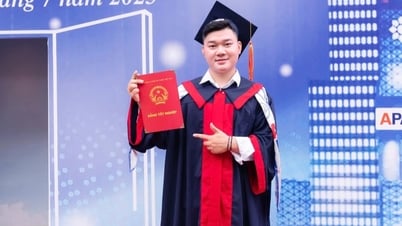
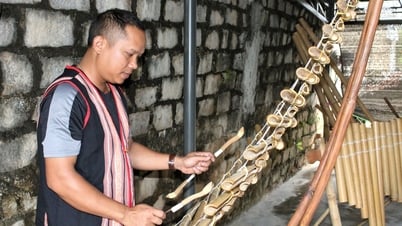




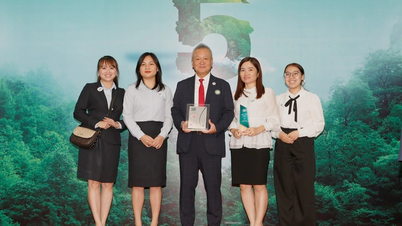

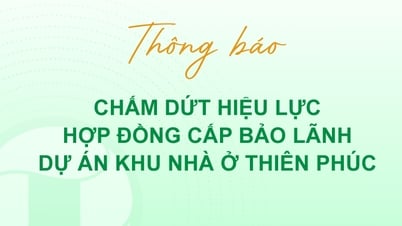
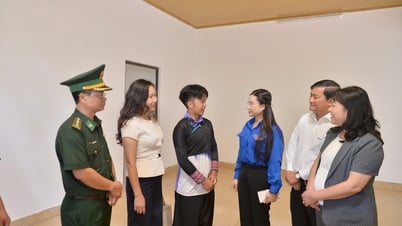
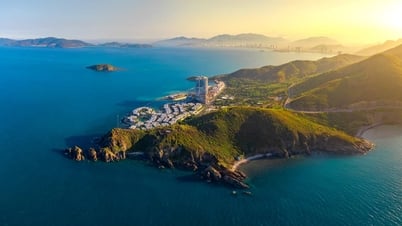

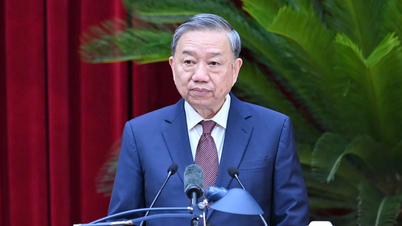
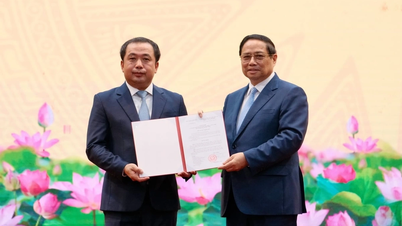
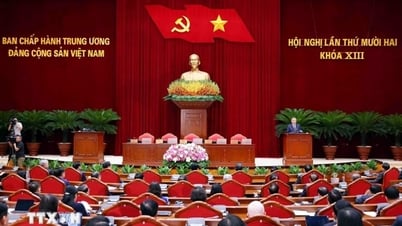


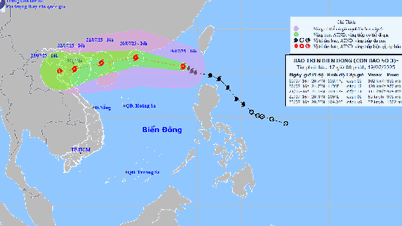

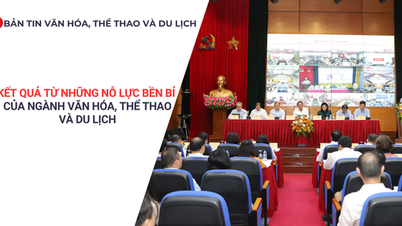
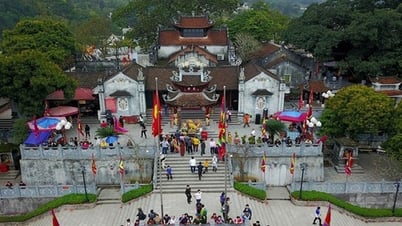
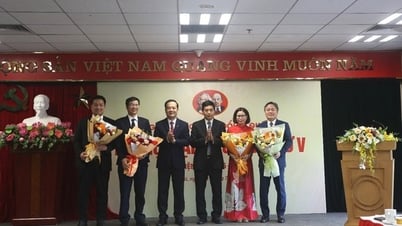

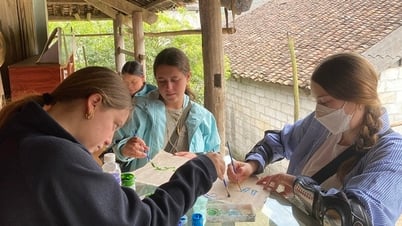
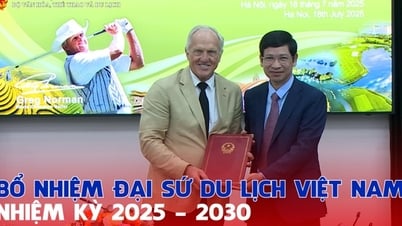
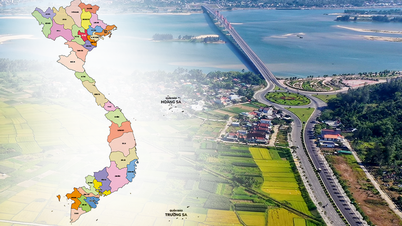
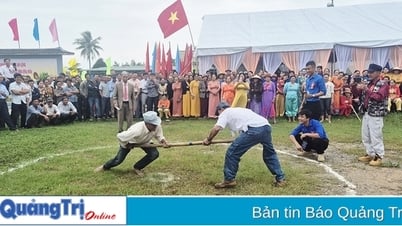



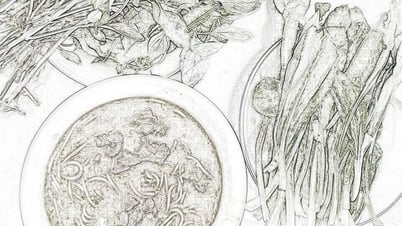
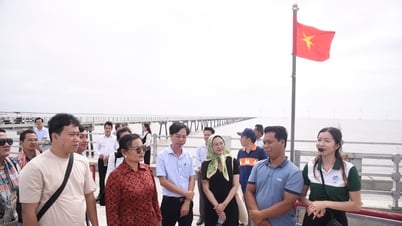
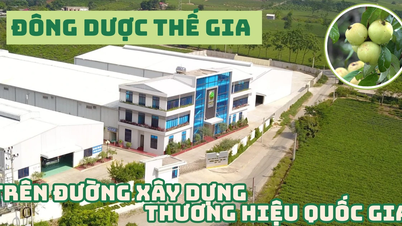



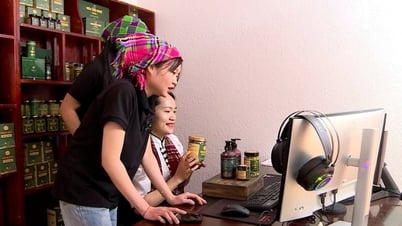





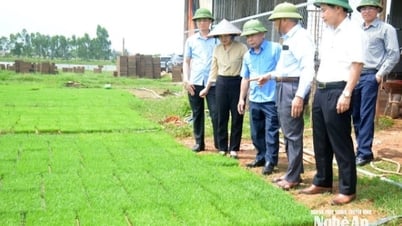


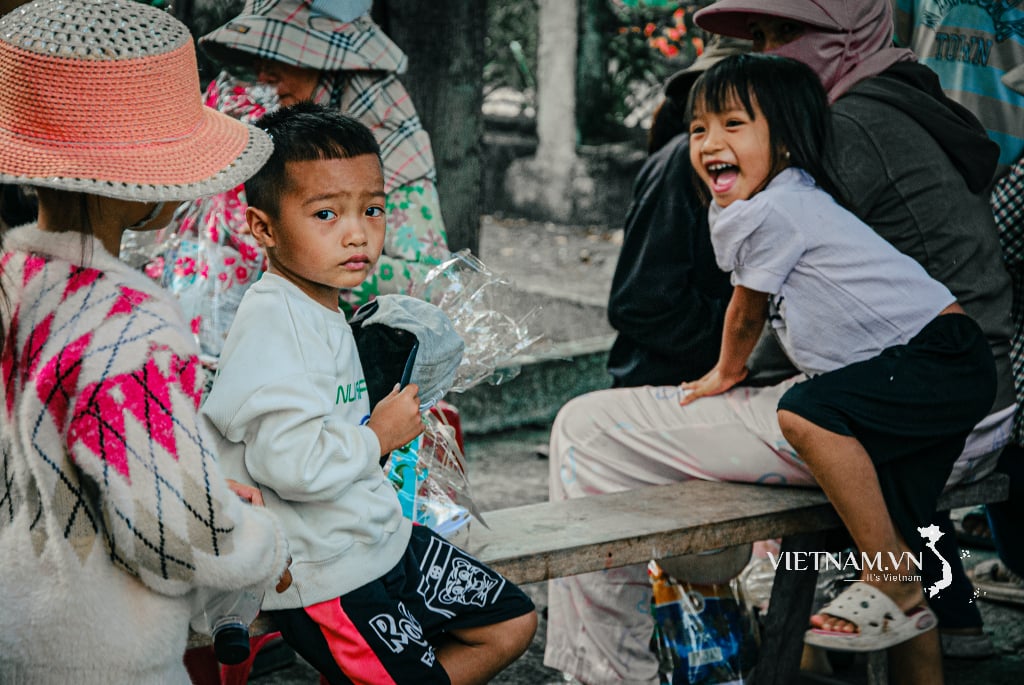

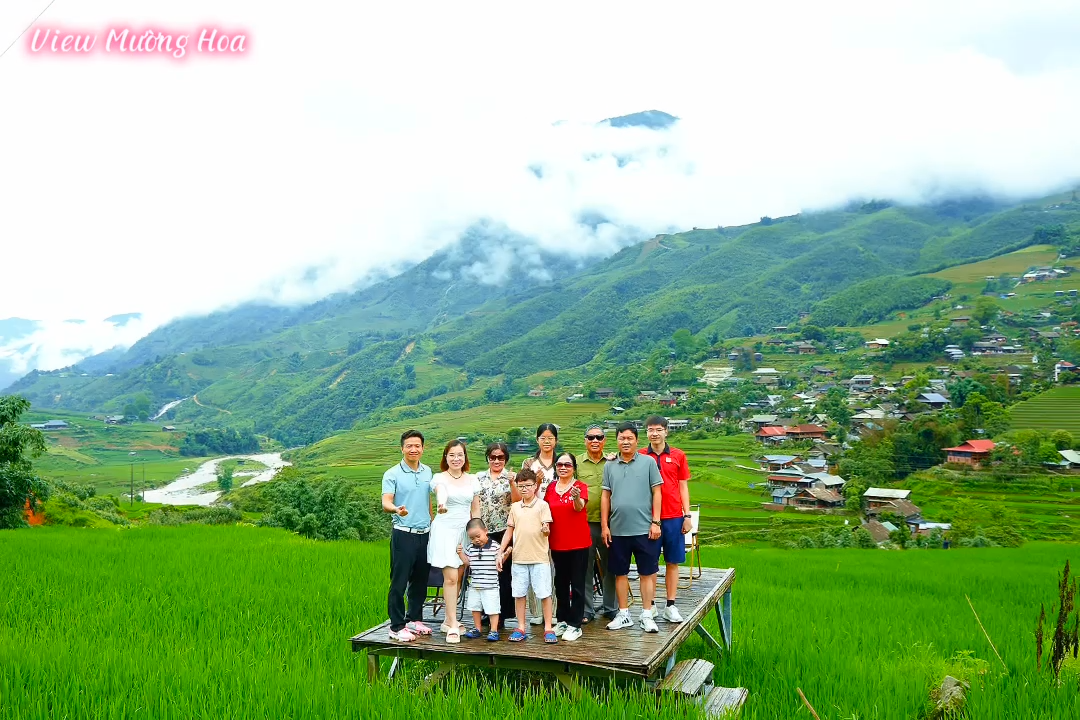
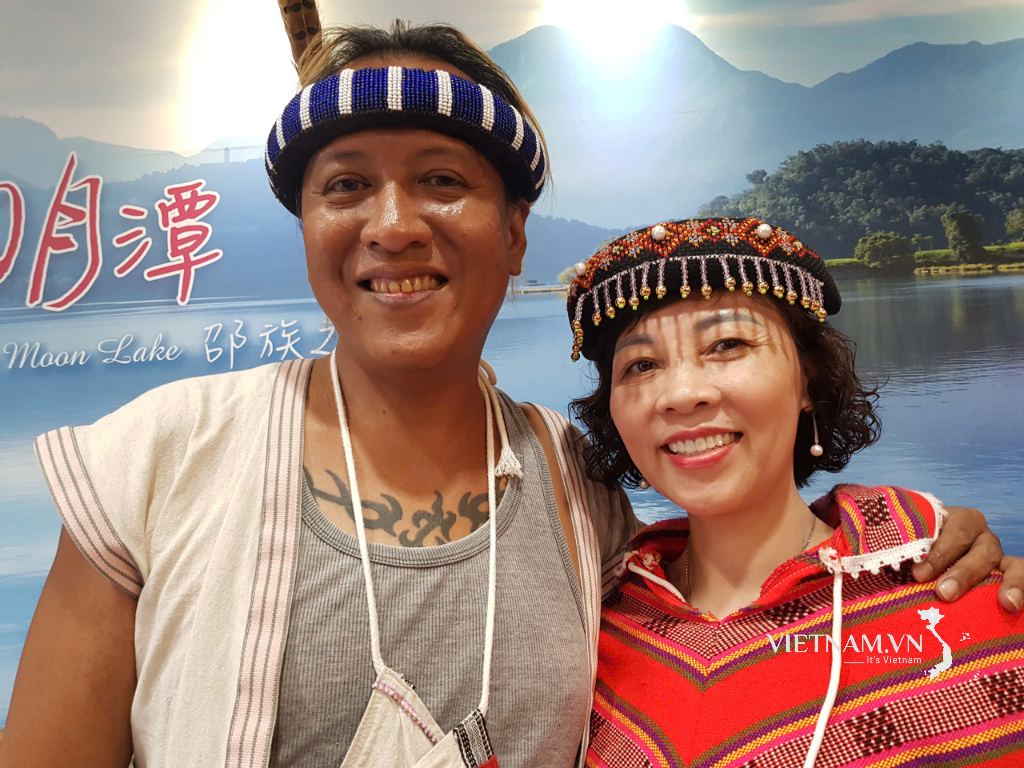
Comment (0)